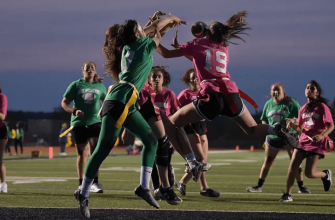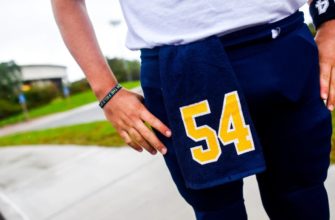Football players often tape up their arms. It does more than just make them look cool. Taping provides support and stability to muscles, joints, and tendons. This reduces the chance of injury. Also, it can help players control their movements better.
Popular areas for taping are the wrist, forearm, and elbow. But, that’s not all. It can also enhance grip and keep their arms clean in case of blood spill. So, arm taping is not just a fashion statement – it’s an essential accessory for footballers!
Reasons for Arm Taping

Footballers often tape their arms for different reasons. Such as having better grip, staying safe from injuries, getting extra support, tiring out fewer muscles, being more aware of their body position, and feeling more secure mentally. It also lets players personalize their gear to their needs. By doing the right taping techniques, they can play better and reduce the chances of arm-related injuries. A tip: they should talk to their trainers or sports pros to make sure they tape their arms correctly.
Taping footballers’ arms is like protecting a delicate sculpture. It’s like adding bubble wrap to an amazing work of art.
Types of Arm Taping Techniques
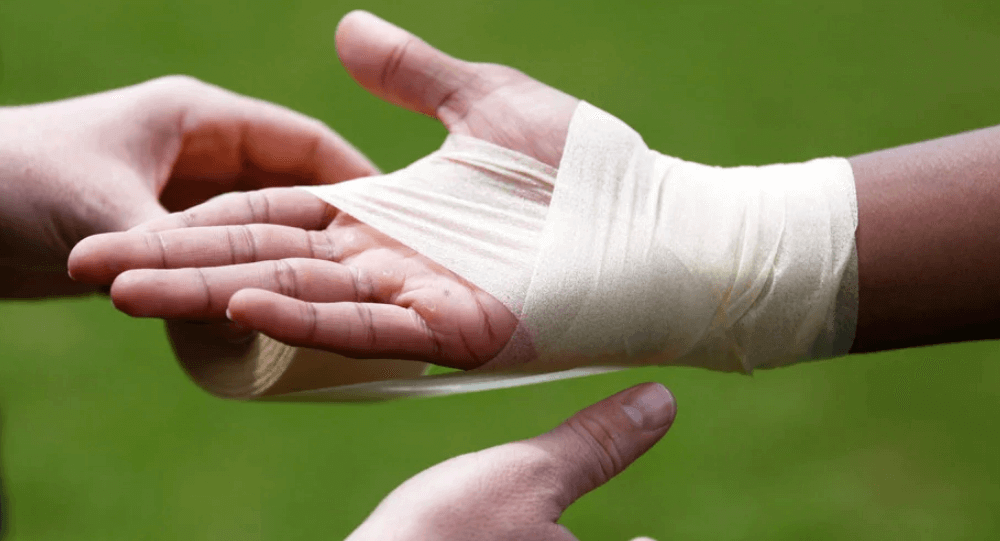
Taping techniques on football players’ arms are a common practice. These provide support, stability, and protection during matches. Different types offer various benefits depending on the player’s needs.
One such technique is “Anchoring Tape”. This wraps around the wrist area and serves as an anchor for other tapes. It gives extra stability to the joint, reducing the risk of injury.
“Compression Tape” is another type. It’s applied tightly to certain areas of the arm. This helps increase blood circulation and reduce muscle fatigue. Plus, it gives compression and support to muscles and tendons, avoiding strain or sprain injuries.
The “Elbow Support Taping” creates an X pattern around the joint. It supports and stabilizes the elbow while allowing enough flexibility. It prevents hyperextension or excessive rotation, which can lead to tears or dislocations.
Personalized taping techniques may be used, depending on prior injuries or specific needs. These add extra support or padding in certain areas.
For optimum effectiveness, proper application must be done. Skin should be cleaned and dried before applying the tape. Stretching and warming up muscles also help.
Regular maintenance and monitoring are important too. Players should check for any discomfort, skin irritation, or loss of sensation. If any of these occur, consulting a sports medicine professional is recommended.
Arm taping techniques in football give players a proactive approach to injury prevention and improved performance. By using different types and following proper methods, they can enhance physical capabilities while minimizing the risk of arm-related injuries.
How Arm Taping Can Improve Performance
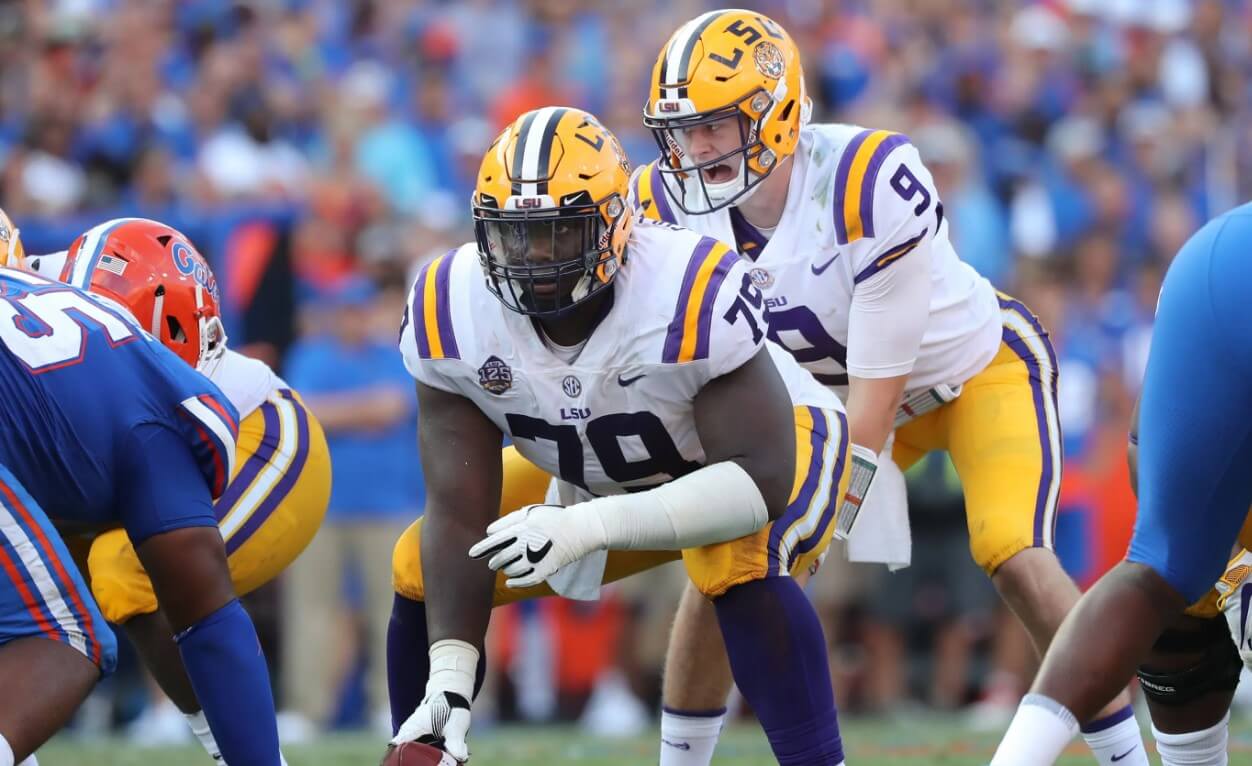
Arm taping has become a must-do for footballers hoping to up their game. It helps to keep injuries at bay, giving muscles and joints extra stability and support. The specific taping approach used depends on what the player needs, with each technique serving its own purpose.
Athletes tape up their arms to decrease their risk of being hurt and to raise their performance level. It gives them support and steadiness, taking some of the strain off muscles and joints when they’re moving around. This way, they can stay in the right form and posture, and stop themselves from overextending or stretching too much. Also, having the tape on serves as a reminder to be careful, avoiding injuries even more.
This practice has been around for centuries! Ancient Greeks used to strap leather on when competing. Since then, materials have changed and the techniques have been perfected, but the idea’s the same – taping is a great tool for footballers to get better.
Arm Taping in Professional Football
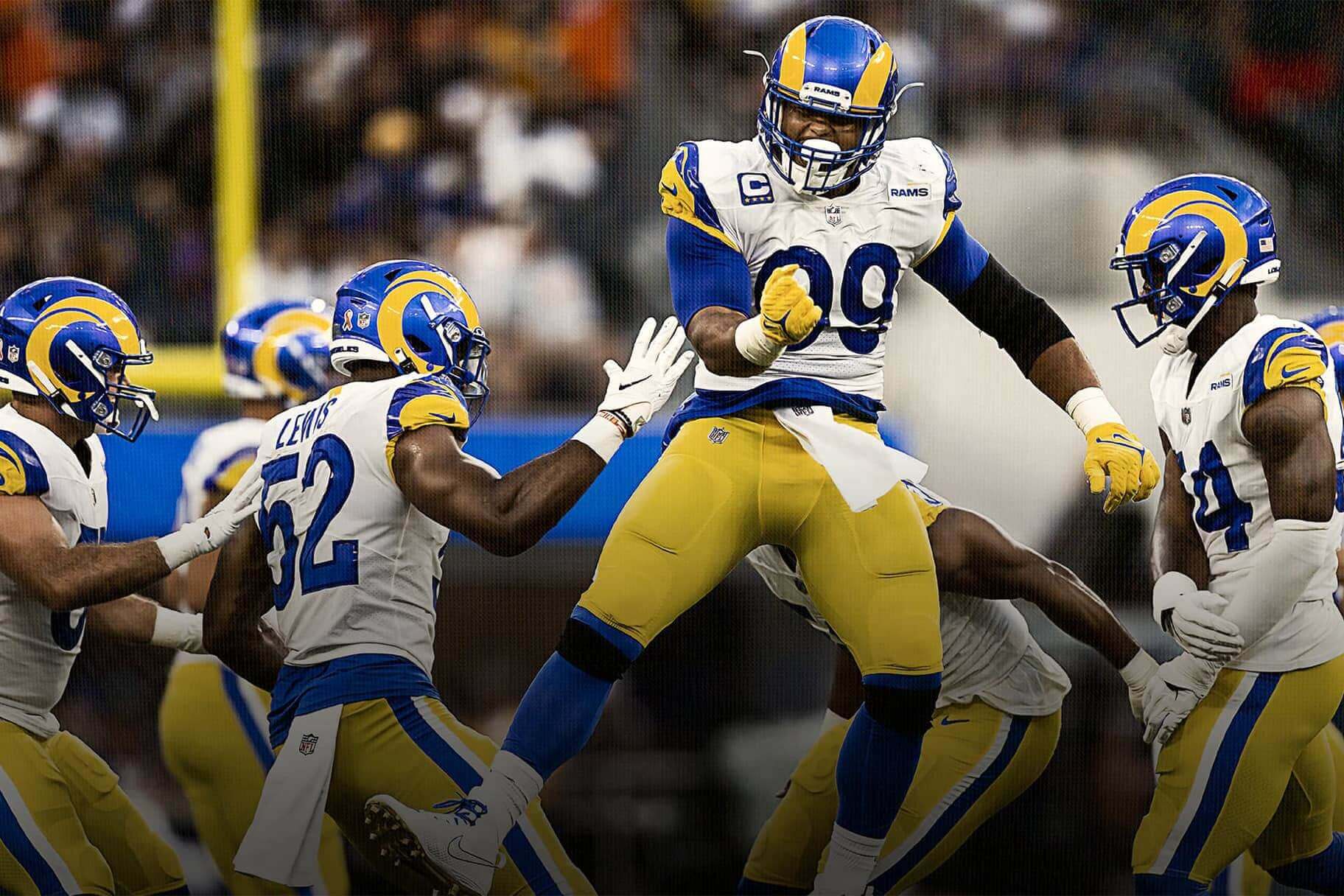
Footballers often tape their arms for various reasons. It provides support and stability to muscles and joints, reduces injury risk, prevents excessive movement during intense activity, and communicates plays or strategies. Proper technique is key to ensure maximum effectiveness and comfort.
Although taping is a popular choice, preferences may vary. Compression sleeves or braces may be preferable. The type of tape used can also depend on preference and requirements.
The goal remains the same – support and protection for arms during physical activity. So, why not explore our collection of articles to stay updated on the latest practices in football performance and injury prevention? Enhance your knowledge today!
Debate and Controversies Surrounding Arm Taping
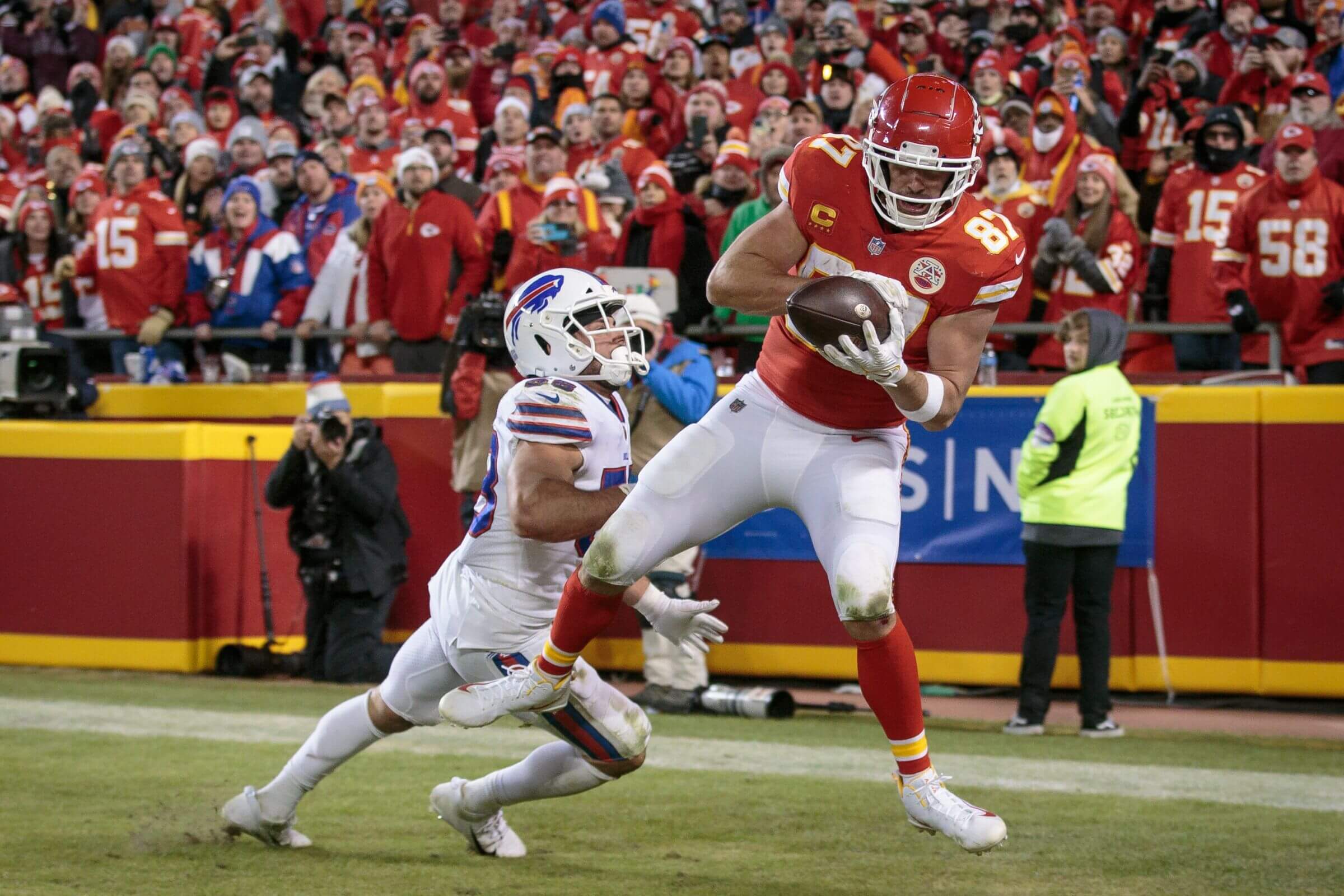
Arm taping in football has caused a stir among players, coaches, and medical experts. Supporters say it can help stabilize the muscles and joints in the forearm. Critics, however, claim it provides minimal benefit and may even increase the risk of injury.
Debate and Controversies Surrounding Arm Taping:
- Supporters say it can offer support and protection.
- Critics argue there is limited scientific evidence to prove its effectiveness.
- Some players worry about the restriction of movement.
- Opponents point to the potential for skin irritation or allergic reactions.
Though opinions differ, professional football organizations have guidelines in place to regulate arm taping.
Here are some suggestions for use:
- Proper Application: Coaches and trainers should learn correct techniques.
- Individualized Approach: Each player’s needs vary.
- Regular Monitoring: Observe players for adverse reactions.
- Alternative Methods: Consider compression sleeves or braces.
Players and teams must weigh the pros and cons of arm taping. Safety and comfort must come first, as well as staying up to date with sport advancements in sports medicine.
Frequently Asked Questions
Q: Why do football players tape their arms?
A: Football players tape their arms to provide support and protection to their muscles and joints during matches. The tape helps to stabilize muscles and prevent injuries that might occur during the game.
Q: How does taping the arms prevent injuries?
A: When athletes tape their arms, it helps to support the muscles and joints and reduces the risk of injury. By providing additional support, the tape also limits the range of motion in the joint, which decreases the likelihood of tearing or hyperextending a muscle.
Q: What type of tape do football players use?
A: Football players typically use a type of athletic tape. The tape is a strong, adhesive tape that is flexible and able to contour to the various shapes and sizes of the athlete’s arms. The tape is designed to withstand the rigors of football and provide a stable, durable solution for players who need support and protection.
Q: Can taping arms cause any harm?
A: Taping arms, in general, does not cause any harm if it is done correctly. However, athletes should be aware of the proper techniques for taping their arms to avoid any adverse effects on the skin or muscle tissue. Improper taping techniques can lead to unnecessary pressure on the muscles, which may result in injury or discomfort.
Q: Do all football players tape their arms?
A: No, not all football players tape their arms. However, it is a common practice among athletes who need additional support during matches due to injuries or other physical limitations.
Q: Can taping the arms help with performance?
A: There is no definitive evidence that taping the arms improves performance. However, for some athletes, taping their arms may provide a psychological boost and improve their confidence. Additionally, by providing support and protection to the muscles and joints, taping may help athletes perform at a higher level during competition.
Conclusion: The Evolution and Future of Arm Taping
Arm taping in football has come a long way. From just being a support measure, it has become an injury-preventing and performance-enhancing strategy. In the future, we may see more sophisticated arm taping methods tailored to each player’s needs.
Footballers now consider arm taping as part of their preparation. It not only offers physical protection but also a psychological boost. The tape serves as a reminder of the body’s limitations, pushing players to give their best on the field.
Footballers always want to gain an edge. Arm taping gives them a chance to improve their performance and reduce injury risks. Those who ignore this practice may fall behind as more research is done and new techniques are invented.

